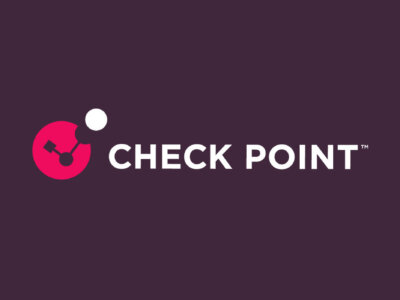
New Locky Ransomware Variant Implementing Changes in Communication Patterns
Recently, Check Point published a detailed report describing Locky, an emerging new ransomware threat, which was first reported on February 16, 2016. New characteristics related to its communication have now been observed in the wild.
In the past two weeks we have witnessed several changes in Locky communication patterns, as a part of a new distribution campaign.
Initially, Locky’s communication was well known across the community for displaying a particular communication pattern[i]:
However, since March 22 we have encountered a major drop in logs related to communication of this Locky variant:
Assuming that Locky probably didn’t go silent all of a sudden, we tried to actively uncover changes in its activity and discover new findings.
The first variant that displayed change in communication was encountered on March 22, and showed changes in the headers:
Notice the addition of Content-Type and User-Agent, while the host relative position is no longer directly after the POST header.
Even after this change of action, it seems that the actor behind Locky did not rest on one’s laurels, and the communication has yet again changed; in the midst of our ongoing research of exploit kits (EK), we encountered a second change in the Locky variant delivered by the Nuclear EK. This time the changes were more drastic, both in the downloader dropped by the EK, and in the C&C key exchange protocol.
The Downloader performs this request to the C&C server:
GET /login.php HTTP/1.1
Accept: */*
Accept-Encoding: gzip, deflate
User-Agent: Mozilla/4.0 (…)
Host: <hostname>
Connection: Keep-Alive
The response is the Locky executable, which now has a new method to fetch the encryption keys from its C&C server:
POST /submit.php HTTP/1.1
Content-Type: application/x-www-form-urlencoded
User-Agent: Mozilla/4.0 (…)
Host: <hostname>
Content-Length: <length of encoded binary data>
Connection: Keep-Alive
Cache-Control: no-cache
The server responds with:
HTTP/1.1 200 OK
Server: nginx
Date: <date>
Content-Type: text/html; charset=UTF-8
Content-Length: <length of encoded binary data>
Connection: keep-alive
Vary: Accept-Encoding
Check Points Threat Intelligence & Research team is currently performing a deep analysis of this new variant, and will publish a technical report, including IOCs, soon. Stay tuned.
[i] https://www.fireeye.com/blog/threat-research/2016/03/surge_in_spam_campai.html



